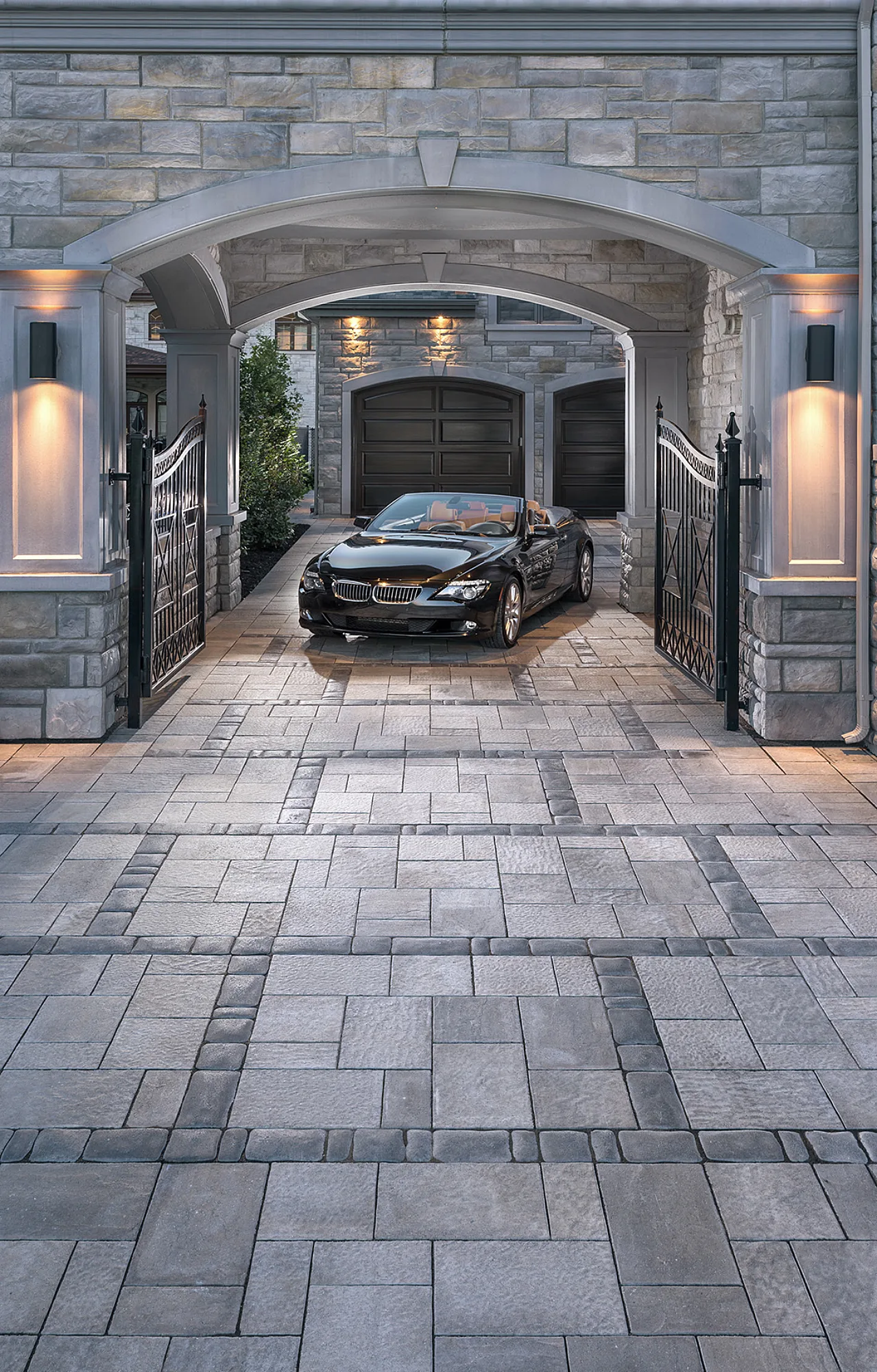When it comes to choosing between stamped concrete vs concrete pavers, you’re not just making a design decision, you’re investing in the long-term look, performance, and upkeep of your outdoor space. Whether you're planning a driveway, patio, or walkway, understanding the real differences between stamped concrete and concrete pavers can help you make a more confident choice.
In this guide, we’ll break down the pros, cons, cost, durability, and ideal use cases for stamped concrete and pavers, so you can decide what’s right for your home or project.
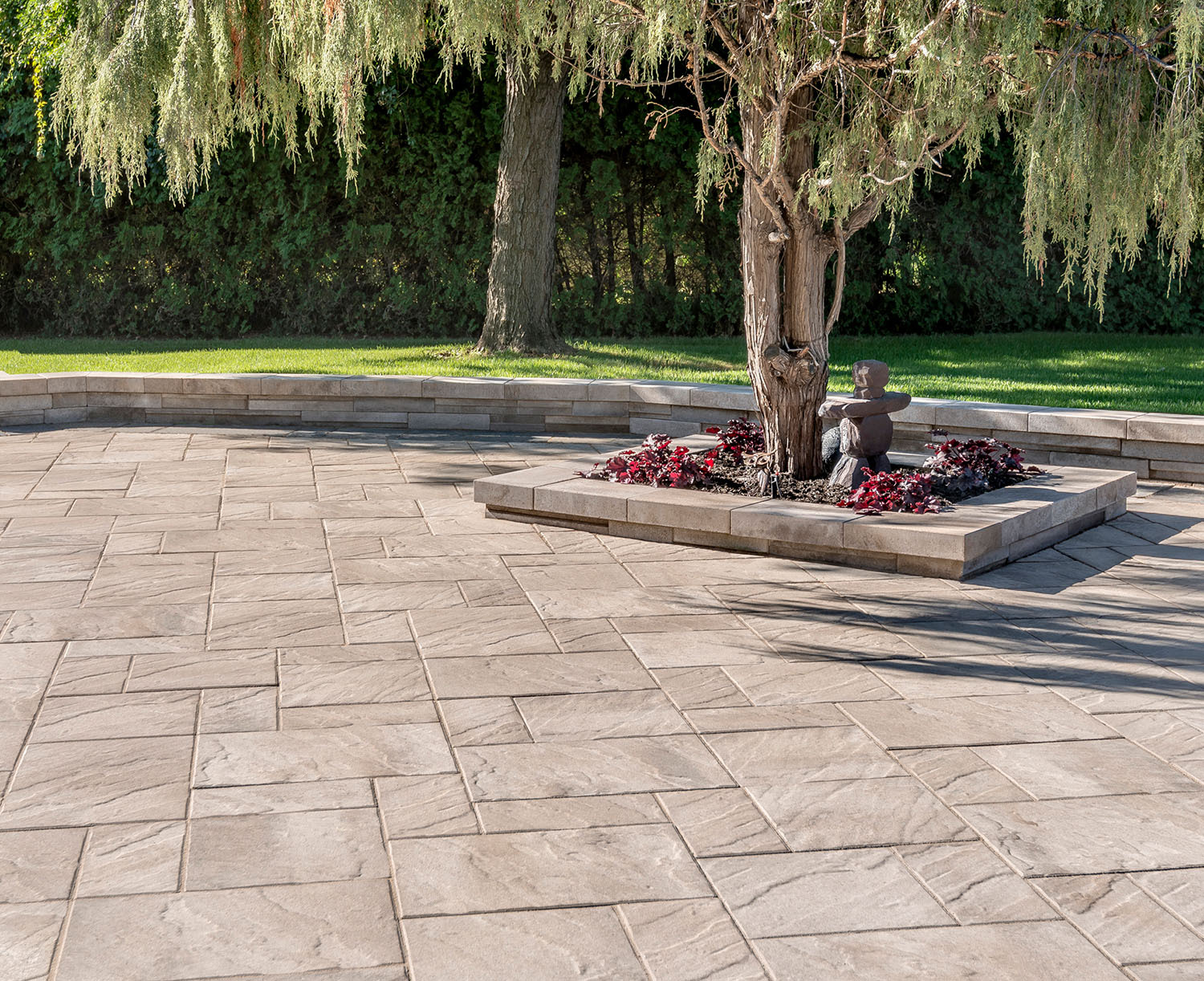
What Is Stamped Concrete?
Stamped concrete is poured concrete that’s textured, patterned, or embossed to look like stone, tile, brick, or even wood. The pattern is added while the concrete is still wet, giving it a decorative finish once it hardens.
Common uses: Patios, pool decks, walkways
Designs: Cobblestone, slate, flagstone, wood plank textures
Coloring: Integral color or surface-applied staining
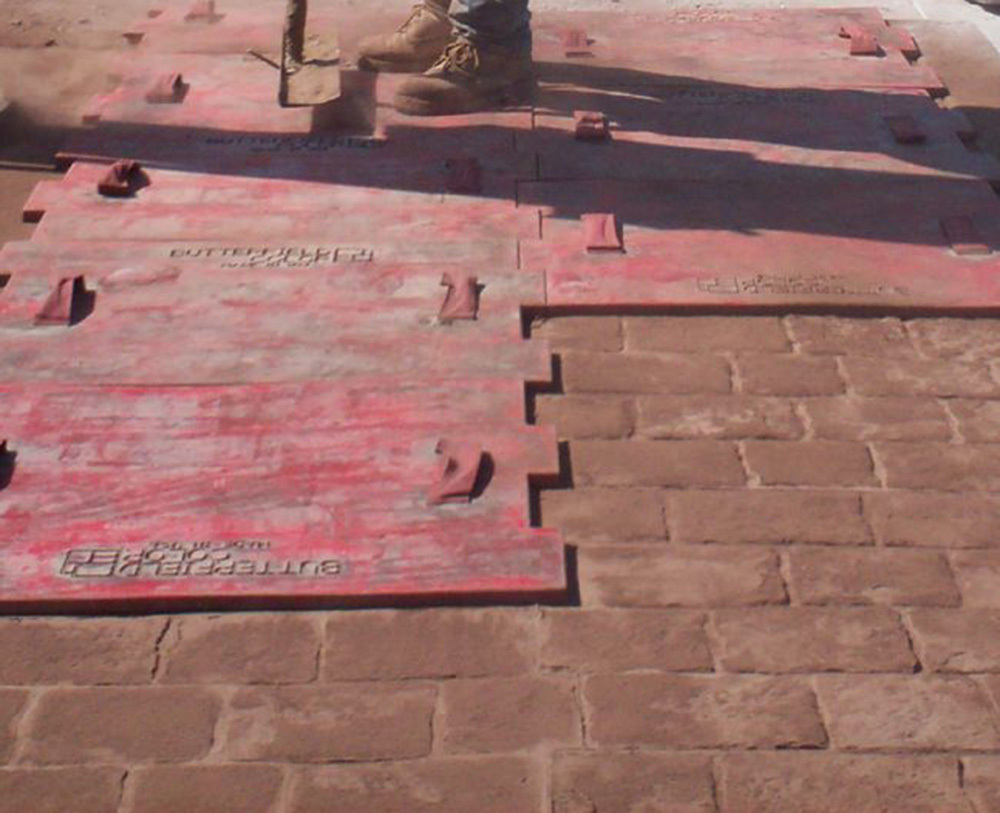
What Are Concrete Pavers?
Concrete pavers and slabs are individual precast units made from high-strength concrete. They come in various shapes, sizes, and colors and are laid in patterns on a sand or gravel base. Unlike stamped concrete, they are installed piece by piece.
Common uses: Driveways, patios, walkways, garden paths
Designs: Modern grid, herringbone, basketweave, natural stone look
Customization: Mix colors and shapes for a unique look
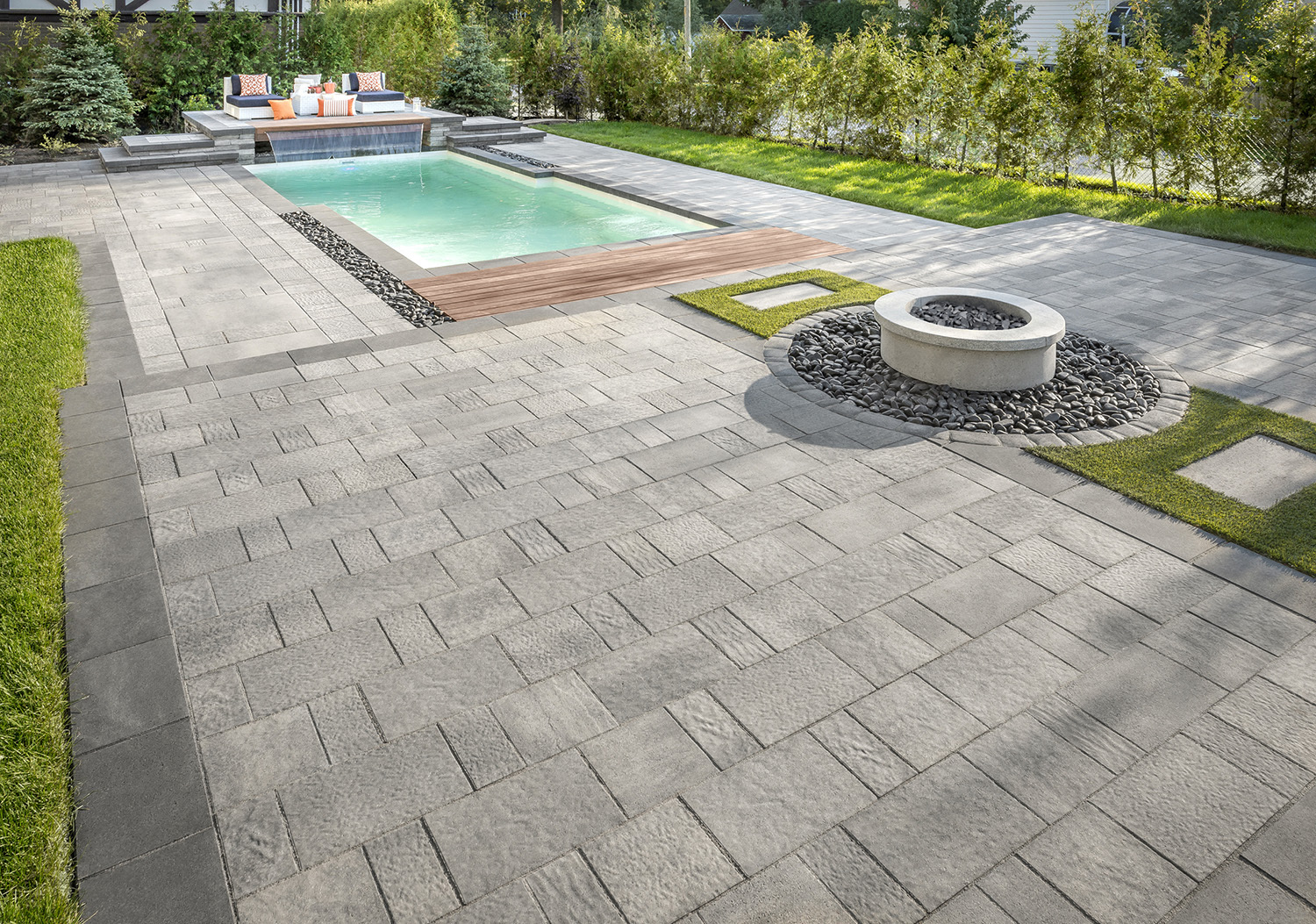
Concrete Pavers vs Stamped Concrete: Key Differences
1. Design & Visual Appeal
Stamped Concrete: Gives a seamless, elegant surface. Ideal if you want a high-end look that mimics natural stone or wood, but at a lower cost.
Concrete Pavers: Offer more flexibility with design. You can mix and match colors, patterns, and sizes to create a truly custom layout.
Winner: If creative freedom is your goal, pavers take the lead.
2. Installation Process
Stamped Concrete: Faster to install in large spaces. It’s poured in one go and stamped while still wet. But weather and temperature can affect curing.
Concrete Pavers: Take more time to lay down, but there’s no wait for curing. Installation can continue in colder temperatures.
Winner: For speed, go with stamped concrete; for flexibility and longevity in terms of durability, pavers are better.
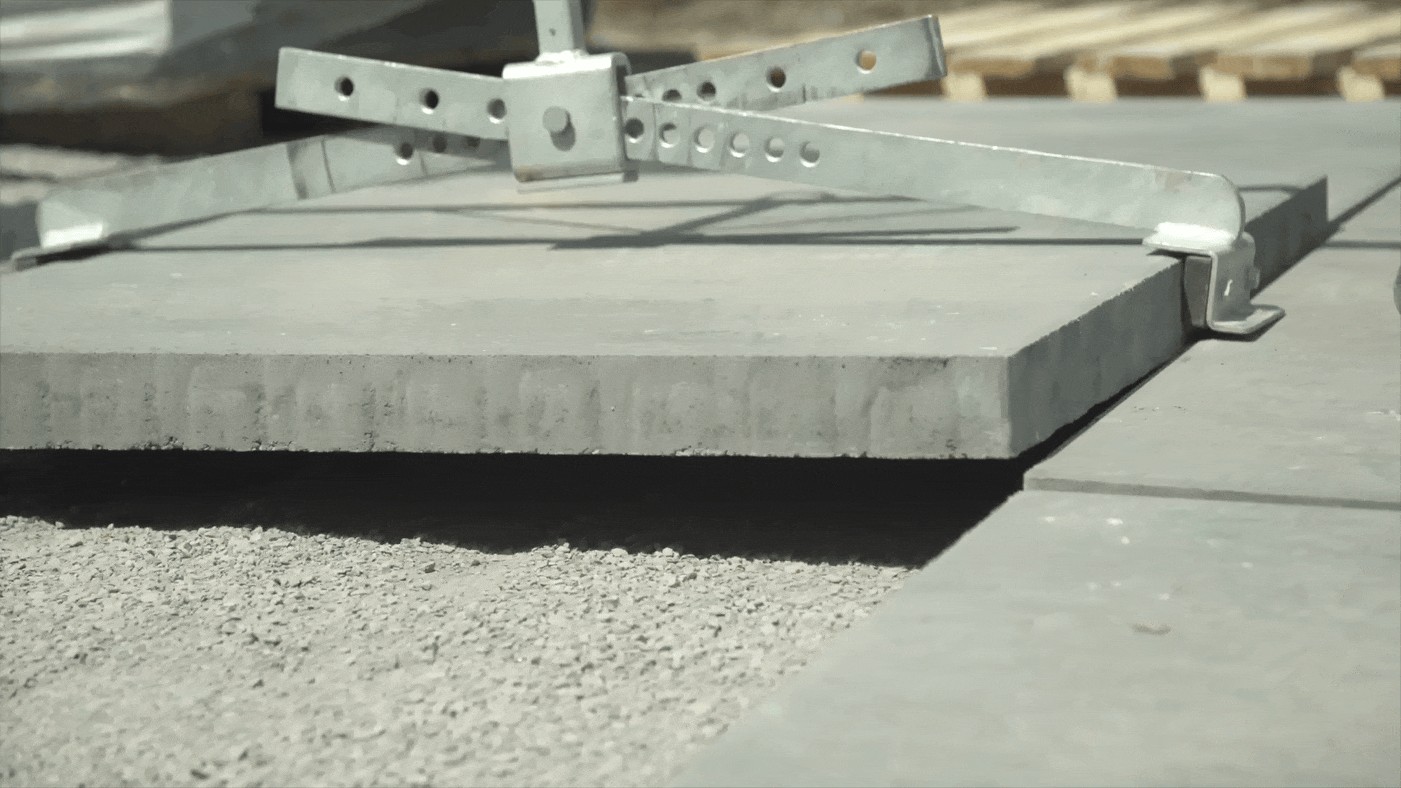
3. Durability & Weather Resistance
Stamped Concrete: Durable under normal use but prone to cracking in freeze-thaw cycles. Once cracked, repair is noticeable.
Concrete Pavers: Designed to move with the ground. If a paver cracks or shifts, it can be replaced individually.
Winner: In cold or shifting climates, pavers offer longer-lasting performance.
4. Maintenance Needs
Stamped Concrete: Needs to be resealed every 2–3 years. Surface can become slippery if not treated properly.
Concrete Pavers: Occasional re-sanding between joints may be needed. Easier to maintain and repair overall.
Winner: Pavers are lower-maintenance long-term.
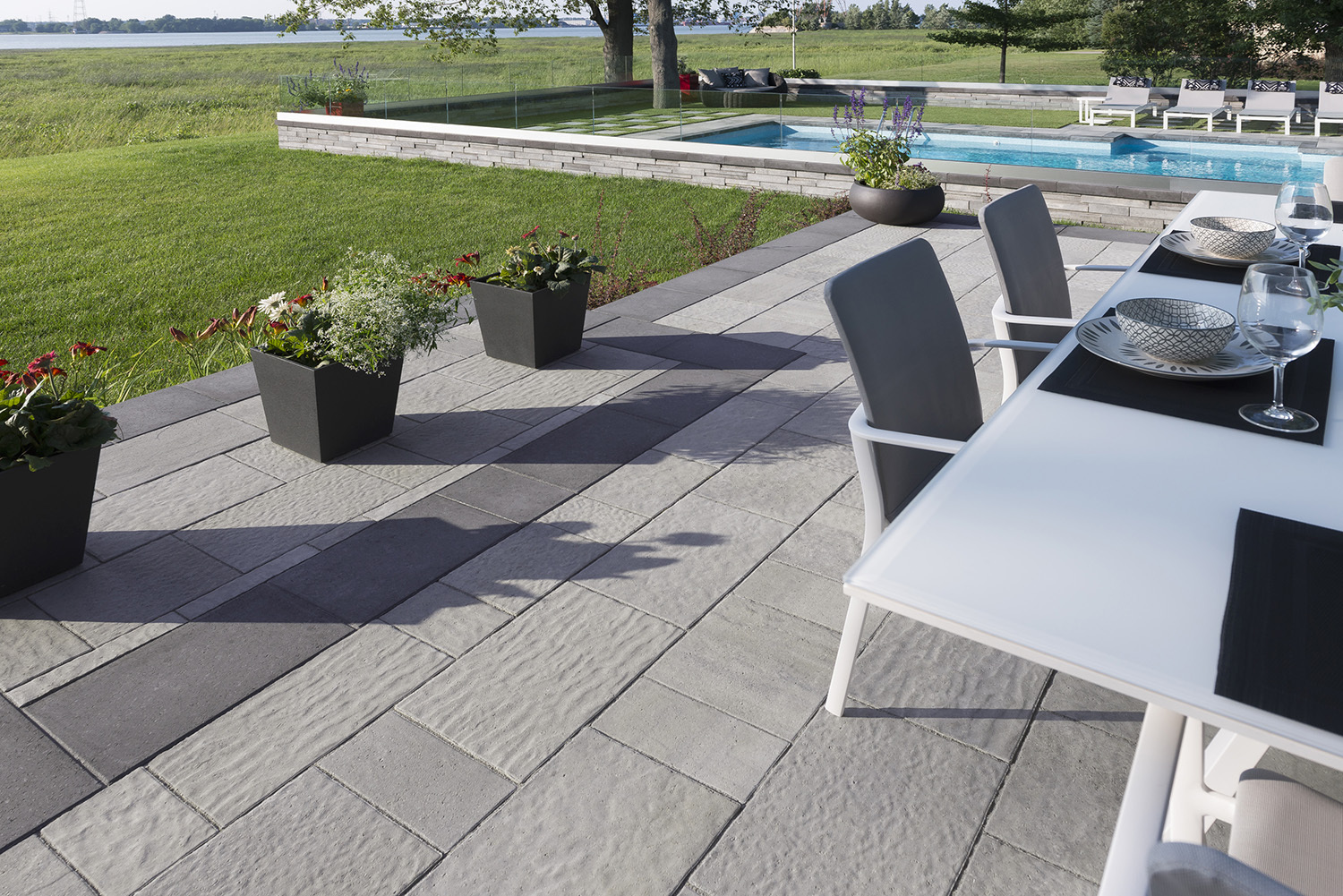
5. Cost Comparison: Short vs Long-Term
Stamped Concrete: Costs around $12–$18 per square foot. Lower upfront cost but may need more frequent maintenance or repairs over time.
Concrete Pavers: Range from $15–$25 per square foot, depending on type and complexity pricing can vary greatly. Higher initial cost, but lower lifetime repair cost.
Winner: On a tight budget? Stamped concrete. Looking for durability? Pavers.
6. Slip Resistance & Safety
Stamped Concrete: Can become slippery, especially when wet or sealed improperly.
Concrete Pavers: Naturally offer more traction, especially those with textured surfaces.
Winner: Pavers are safer for pool decks and high-traffic walkways.

7. Applications: Where Each Works Best
Patios: Both stamped concrete and pavers can work well depending on your design preferences.
Driveways: Concrete pavers are generally better due to their ability to handle heavy loads without cracking.
Walkways: Pavers are ideal here because they’re easier to repair if any pieces get damaged.
Pool Decks: Concrete pavers are a safer choice thanks to their slip-resistant surface.
Budget Projects: Stamped concrete is more cost-effective for large areas if you’re trying to stay within a tighter budget.
Conclusion: Stamped Concrete or Pavers?
So, which should you choose, stamped concrete or pavers? It depends on what matters most to you.
Choose concrete pavers if:
- You need easy repairs and better longevity;
- You want a unique & beautiful custom layout;
- You live in a cold climate or expect ground shifting.
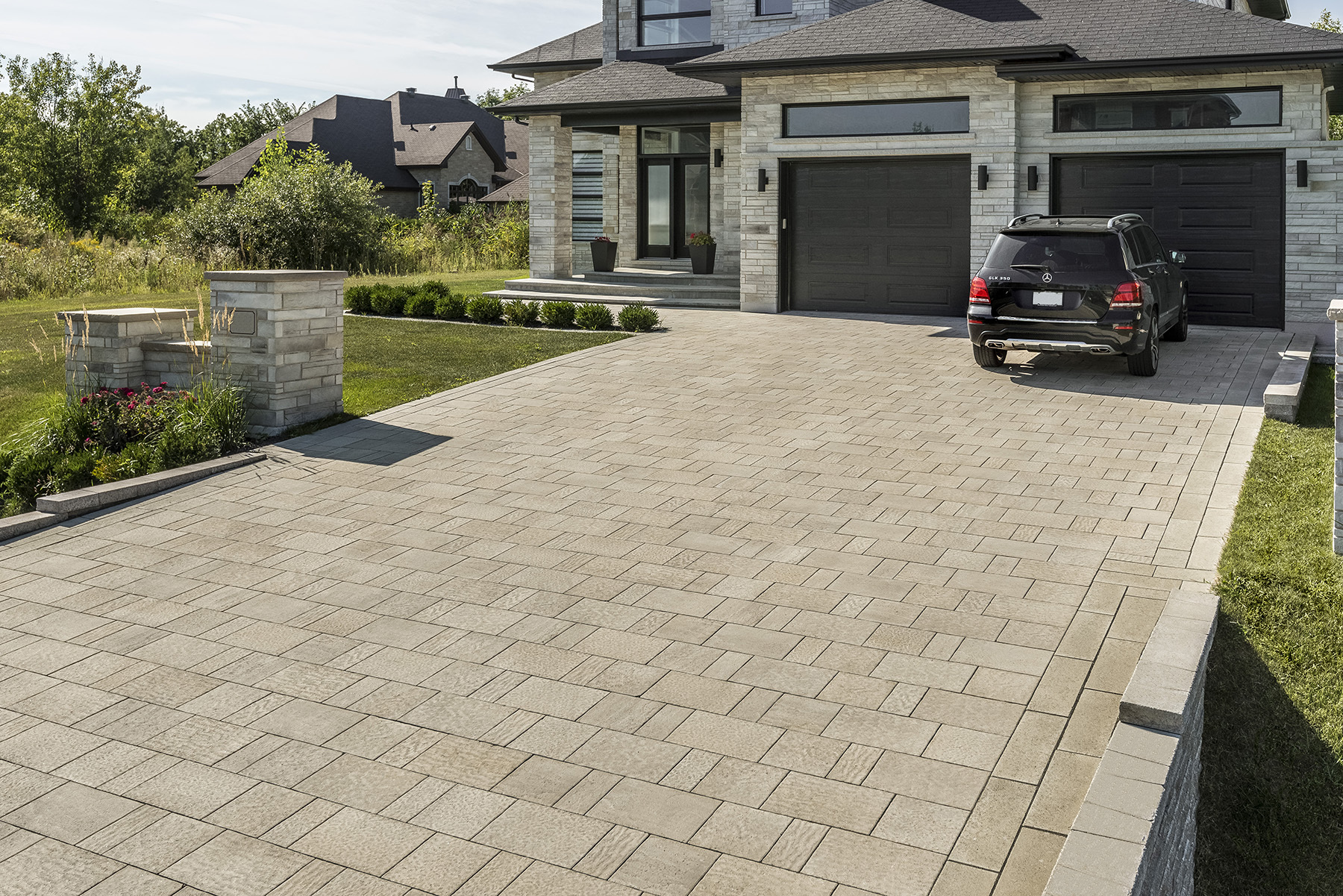
Choose stamped concrete if:
- You prefer a smooth, seamless surface
- You want a lower upfront cost
- You’re working on a large area with a simple design
Whether you're comparing pavers vs stamped concrete or deciding on pavers or stamped concrete, both options bring their own strengths. The key is choosing the one that fits your lifestyle, climate, and design vision.
Browse Rinox’s collection of Concrete Pavers and Slabs to start planning your outdoor project today.

